Thought the semester fellow EDTC students and myself created a strong course community by being active on our various social platforms like our blog, twitter and discord. I interacted with my classmates by commenting on their posts, asking and answering questions and sharing resources.
Discord
This course acted as my first introduction to discord. Discord is a great way to create a classroom community. Throughout this course I only contributed to discord a few time. Honestly I found it a little overwhelming because I would forget to check it for awhile then when I would go on there was always so much new content to go through. I also found that lots of the other classmates where excited to help out and answer questions so most times the questions I seen where already answered. However despite the fast pace chat in discord I did mange to share a couple resources on discord that sparked some interesting conversations.




At the start of this semester Twitter was a completely new resource for me. Thought this course I have learned a lot about using Twitter as a professional platform. Twitter has helped me find and share many great resources through the time I have been using it. Twitter was also an easy outlet to interact with classmates through. I tried to comment and share on Twitter as much as possible just so I could build up my community and I would say t actually went pretty well.





Edusites Blog and Blogging
Throughout this course I continued to use and grow my Edusites blog. The blog hub we had for this class made it super easy to find and interact with other students blogs which was great.

‘Baking’ a Quick Detour: Week 2 of my Learning Project -Sydney Hoffman
Hey Sydney great topic for your learning project. I also love baking! Great to see that you were able to adapt your learning schedule to accommodate mother’s day. Cant wait for next weeks post about Devil’s Food Cake.
-Amberlee
Relearning And Improving -Karlee Andres
Hello Karlee.
This is a great topic to choose for your learning project. My grandma is an artist however she mostly uses acrylic paint not water-colour. Have you ever experimented with other types of paint.
-Amberlee
Time to Learn ASL!- Ashley Peterman
Hello Ashley.
I also choose to do ASL for my learning project. Similarly, to you I have never practiced ALS until now and I also don’t have any close relations to people who use ASL. I love the inspiration behind this learning journey. Well best of luck to you as a fellow ASL learner, cheers!
-Amberlee
I ALWAYS PICTURED MYSELF DRIVING A TRUCK!#WEEK 1- Tina Havari
Hello Tina.
This is a great idea for a learning project. I have had my drivers license since turning 16. I love the freedom of it. I live rural so having my licence really allows me to become lots more independent. Good luck with getting your license! -Amberlee
FORE! New Skill Coming in Hot -Kyla Figgitt
Hello Kyla what a fun learning topic, golf!
I have no experience with golf but you explain that it releases aggression I might just have to try it out as a relaxation method! I also agree that golf is a great way to stay active and lots of rural communities also have golf available so that makes it super accessible. I can’t wait to follow along with you on this exciting learning journey.
-Amberlee
Navigating Feedly for the First Time- Gledi Toci
Hello Gledi.
I was also super impressed with how easy to navigate Feedly was. For my Feedly section I focused just primarily on education hover I like how you choose to also include news a politics. I checked out you TED-Ed source and it looks super interesting I think Im going to add it to my sources. Happy blogging!
-Amberlee
My Feeds are Being Fed with Feedly- Julie Findura
Hello Julie.
I also started off my Feedly by focusing on educational technologies. I really enjoyed the post you shared ” Ideas For Connecting with Families Remotely”. It was a super helpful article that provided various resources. This article really relates to me because the school I currently work at as an EA is going online learning for the next 2 weeks so I will show some of these ideas to the fellow teachers. Thanks for sharing this great resource.
-Amberlee
Seesaw is Amazing- Karlee Andres
Hello Karlee.
Thanks for this super informative post. I have heard many good things about seesaw. However I have never took the chance to explore it myself. Your post provided a very step by step walk through that allowed me to experience seesaw through your experience. I think this resource would be great to use in the classroom and for distant learning too.
A Little Baby Talk- Juilie Findura
Hello Julie. Great post.
I really like that you used a video to demonstrate the signs and that you also incorporated many resources. I am also focusing on ASL however I had never thought to explore this are of sign. This is a great idea and serves as a great introduction to baby sign language. Thanks for sharing!
-Amberlee
GAINING MOMENTUM -Mrs. Guderyan
Hello!
As a fellow walker/ runner I think this is a great learning project. Unlike you I am not a morning walker I prefer early evening as my favourite time. However, I have heard many times how great expertise first thing in the morning can be. It’s great that you are starting to see progress. Thanks for tracking your learning so closely it makes it super easy to follow. Keep on walking!
MOVIE OR MOVAVIE? – Linda Yeboah
Hello Linda. This is a great tool it looks very similar to iMovie which I have used lots to create different videos for projects. This resource seems to have many different options so you can make it fit your needs. I also liked how you provided a step by step break down of your process to make it easy for me to examine all the features. Great resource thanks for sharing.
-Amberlee
Nail Day 3: Salon Quality??- Mingyeong Kimm
Hello! This is a great learning project idea. What kind of resources are you using to guide your learning?
Growing Up In the Digital World: In the Role of An Educator- Andrew MacPhail
Hello Andrew. I feel like you highlighted some great takeaways from the videos. I agree that mediation is an important aspect I this new way with technology. However, us as educators can only do so much to monitor mediation. With that being said I think it is important to provide students with awareness and advocacy of cyberbullying and the dangers of the internet. I feel lots of students don’t know about a digital footprint and that the things the do online matters. So, I personally say educating the students on the benefits and dangers of the internet is a great way to start! After all we are EDUCATORS. ?
A Whole New World?! – Jana Ross
Hello Jana.
Your reflection you your own YouTube channel got me curious, so I decided to take a look at my YouTube channel. I was surprised to see that I actually had 8 YouTube videos. I have never really considered myself to be a big tech girl, so I was actually surprised I had so many videos. I was born into a world with lots of tech but even from my childhood to now it is crazy to see the change in technology. Even reflecting on my experience with technology I can see that it has started to become a bigger part of my life. I defiantly think the mediator role is an important aspect of technology to focus on as future educators. Although we as educators can’t be the mediators it’s important to give parents and students the awareness and advocacy to make informed decisions on the internet.
Social Media: A Double-Edged Sword – Sydney Hoffman
Hello Sydney
I really like how you explored the various relationships our students will develop through the internet I think this really helps put into context the major role technology will play in a student’s life. I definitely agree that using technology and social media in the classroom resonates with students because it’s relevant to their interests. Thanks for all the great insight within this post it really got my thinking.
Digital Citizenship in my Future Classroom- Ms. Hillis
Thanks for the informative post. I liked that you used direct images from the curriculum to show the direct outcomes and indicators you could see fitting into the different elements of digital literacy.
-Amberlee
STAYING MOTIVATED FOR MY STUDENTS- Mrs. Guderyan
I love that you track your progress daily and keep like a little note about each day. In the long term this progress and notes will be great to look back on to check your progress! Keep up the great work!
Digital Citizenship in Classrooms- Mingyeong Kimm
Hello.
I completely agree that a digital footprint is one of the most important aspect of a kids life with technology. Often at a young age kids don’t realize that what they do on the internet will stay there forever and that can really be a bad thing for many kids. Like you said I think it’s important to allow kids to explore technology but to also expose them to the dark side just so they are completely aware.
-Amberlee
Flabby Bird and Coding- Sarah Breti
Wow it looks like you had a great experience with coding. I choose to go the other way and do coding. However it looks like this was a super fun option to see different coding thanks for sharing. -Amberlee
Becoming A Cricut Master- Ericka Brock
Hello Erika
My mom and I also like to Cricut however we have never really sat down and took the time to learn all the possibilities. I will definitely need to save these post for future references. Thanks for sharing you experience.
-Amberlee
Zoom
I contributed to class converstations throughout our various course meetings.
Thats a wrap on EDTC 300 Thanks for following along. Have a great summer.
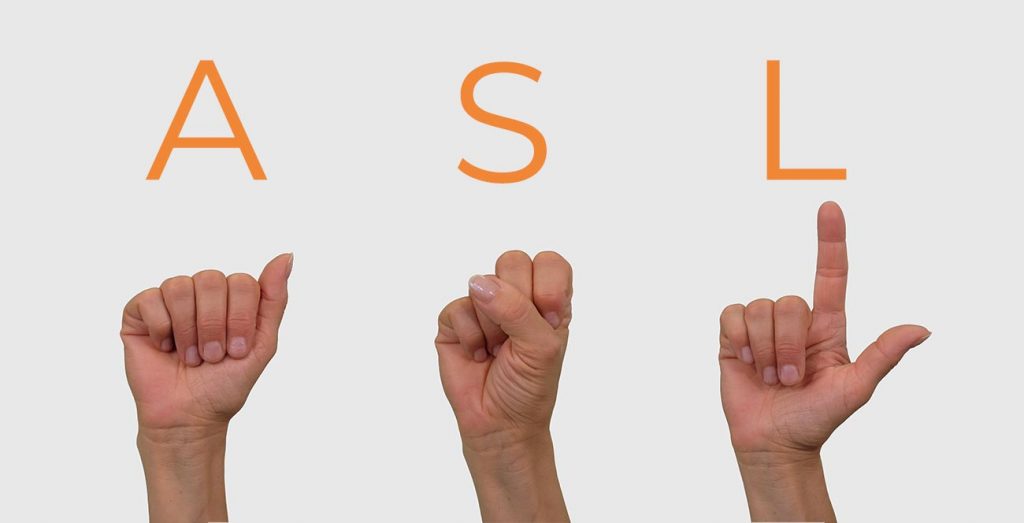

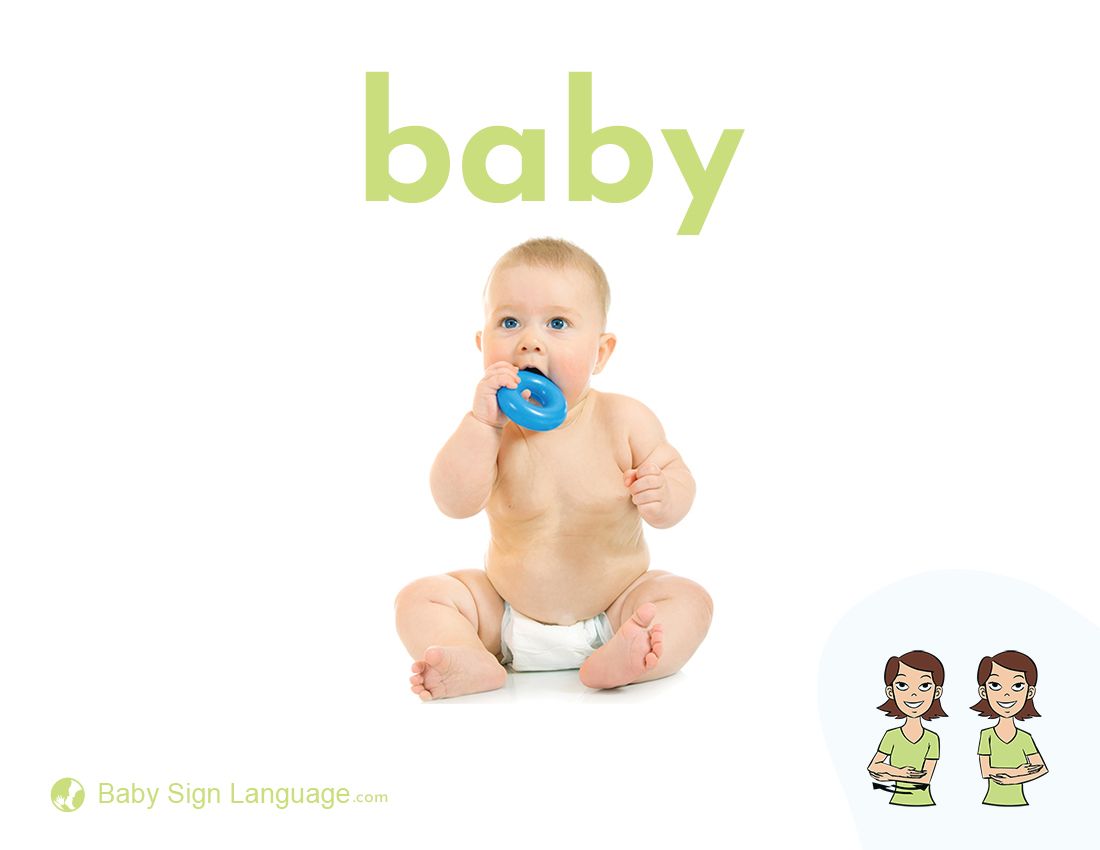
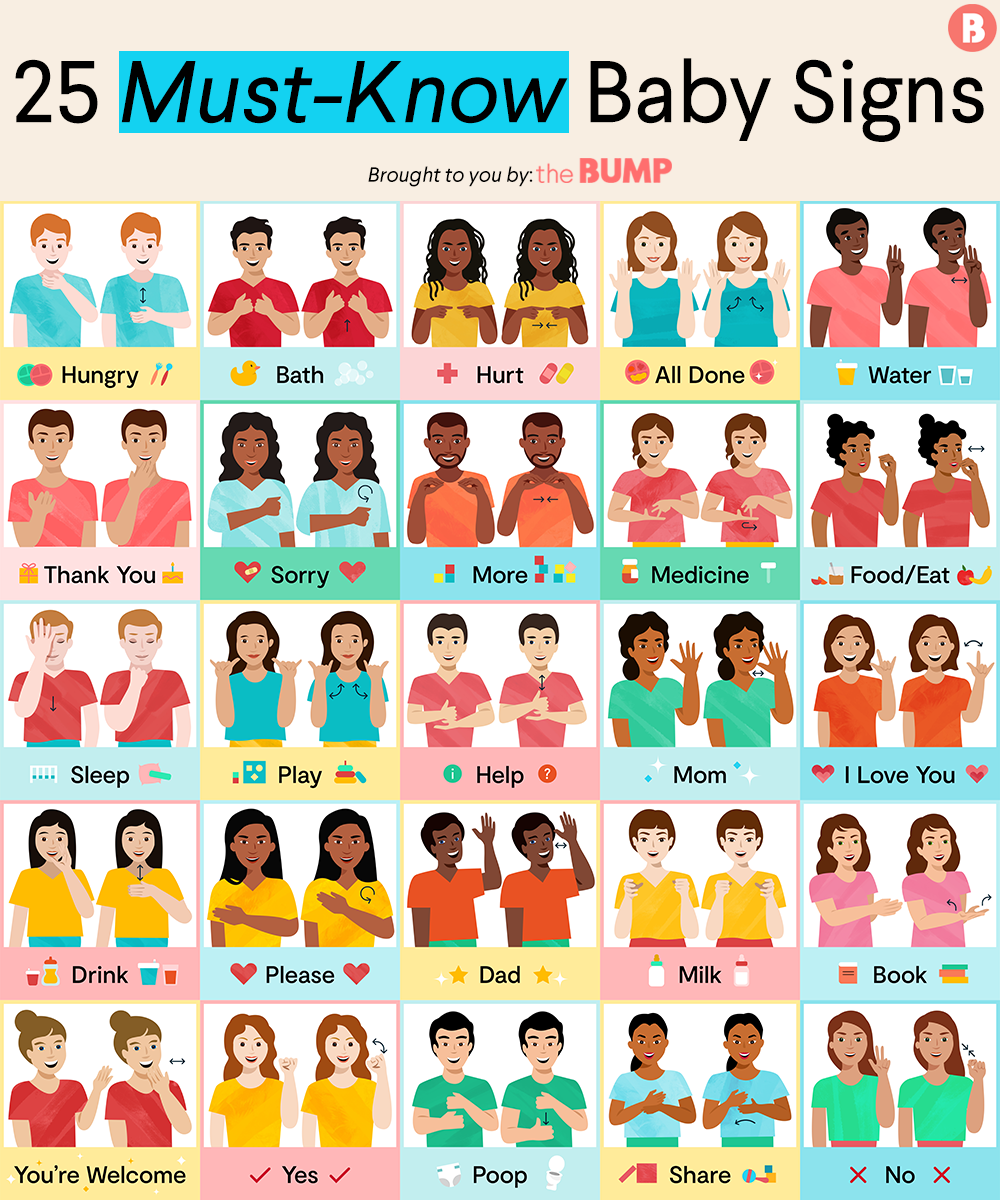
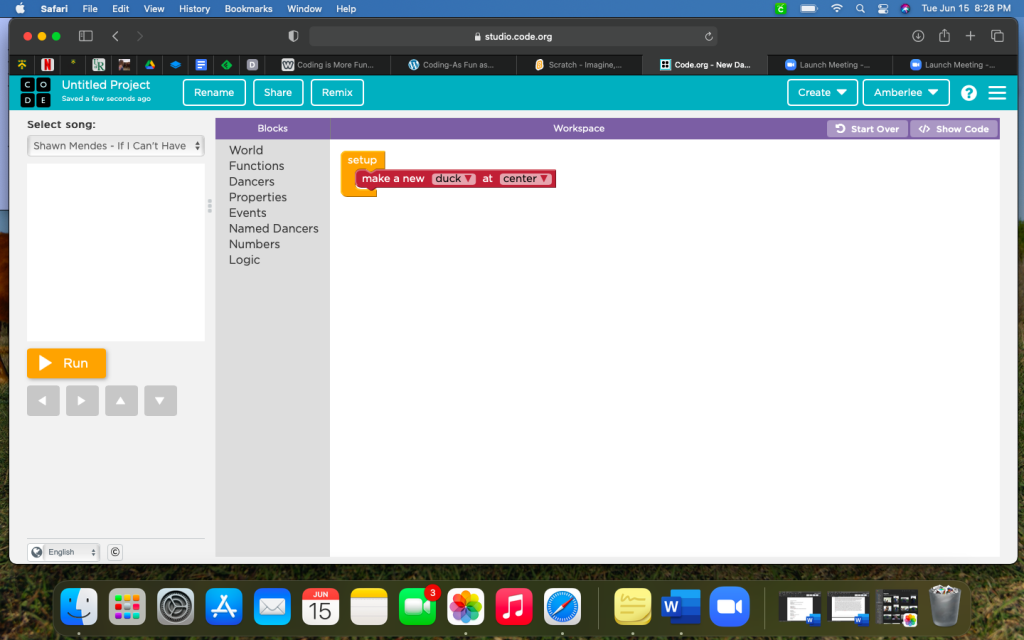


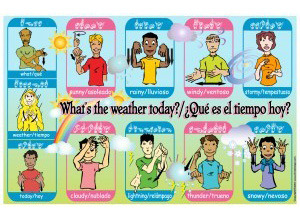
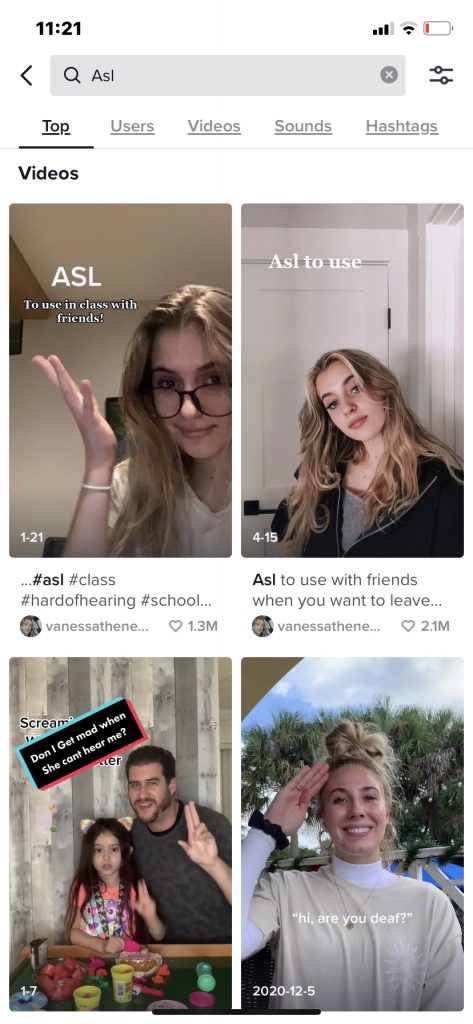





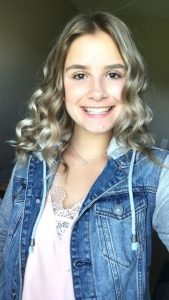
Recent Comments